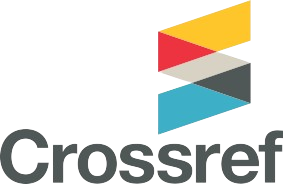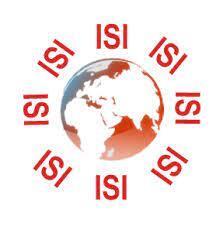Seasonal response of Carbon and Nitrogen to Ungulate Activities in a Kenyan Savanna
DOI:
https://doi.org/10.62103/unilak.eajst.2.2.47Keywords:
C/N ratio, Biomass, Savanna, Land useAbstract
Classical perception of savanna structure and function proposes equilibrium between
woody and herbaceous species, mediated by differential access to ecosystem resources. We
report here the first disequilibrium linkages between the carbon (C) and nitrogen (N) pools as
impacted by water to determine the frequency and intensity of grazing. Generally, grazing
influenced accumulation of root and shoot N, C/N ratios and biomass. The response of C and N
to grazing depended on availability of soil water. Positive response of C, N was vivid during the
wet season while undefined response was observed during the dry season. Soil and root N, root
C, root and shoot C/N ratios increased while shoot N, soil C and C/N ratio decreased with the
increase in soil water. In absence of grazers, biomass was positively correlated to soil, root shoot
C/N ratios with significant correlation (P<0.05) at root and shoot scales. Intense grazing led to
lowered soil C/N ratios regardless of season but adjustment of root and shoot C/N ratios was
apparently an integral response feature to driving variables as influenced by grazers and moisture
availability. Since ungulate activities did not significantly alter soil C and N pools, the long-term
implications on regional biogeochemical attributes of humid savannas cannot be exclusively
conditioned to land use changes, especially when sufficient moisture is available. However, this
study has shown the potential for N and C immobilization within roots and shoots by grazers,
which is an important attribute for regulating their cycles and hence C/N ratios avails the
potential of tracking grazing intensity in humid savannas.








